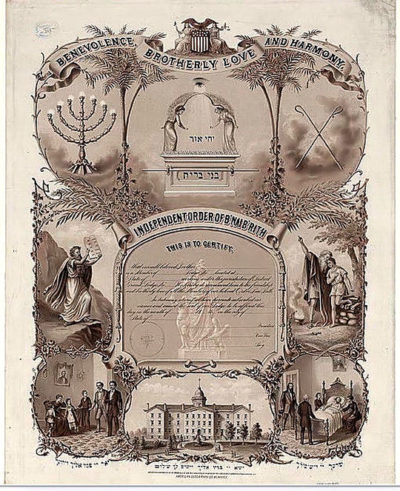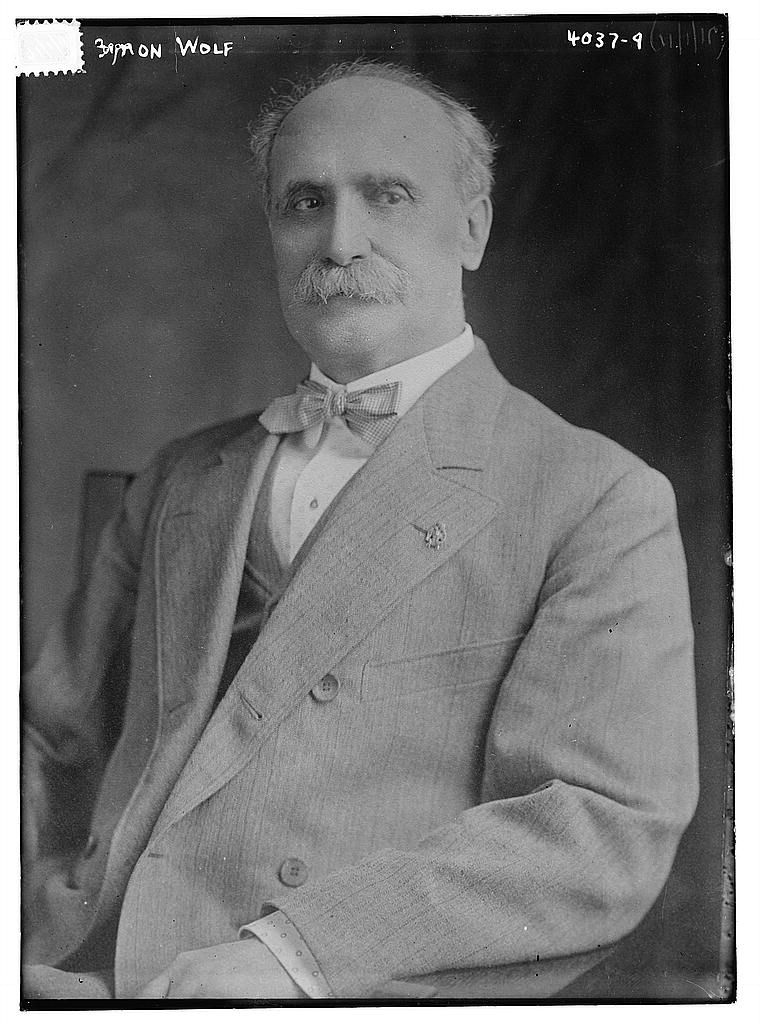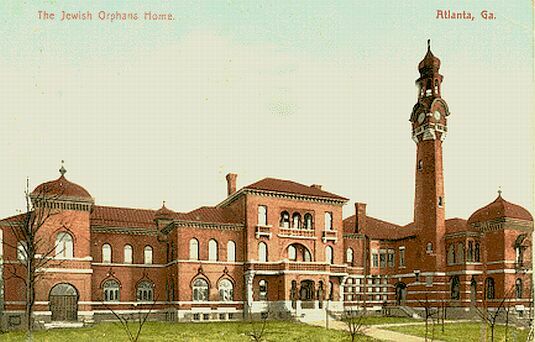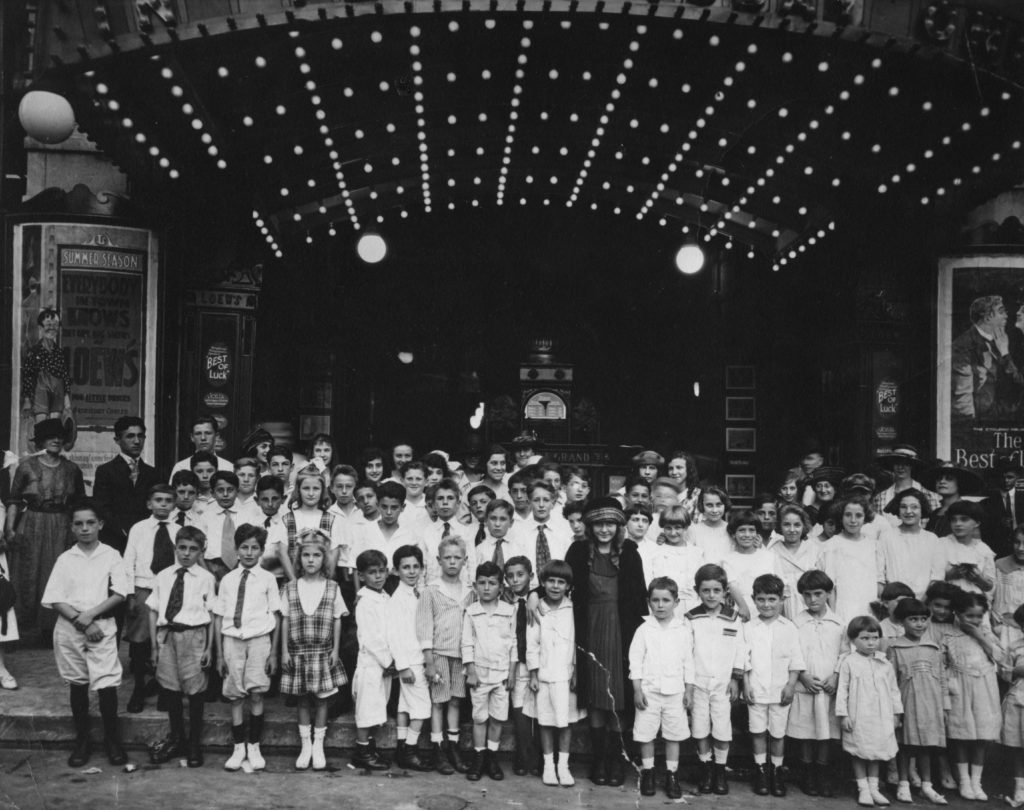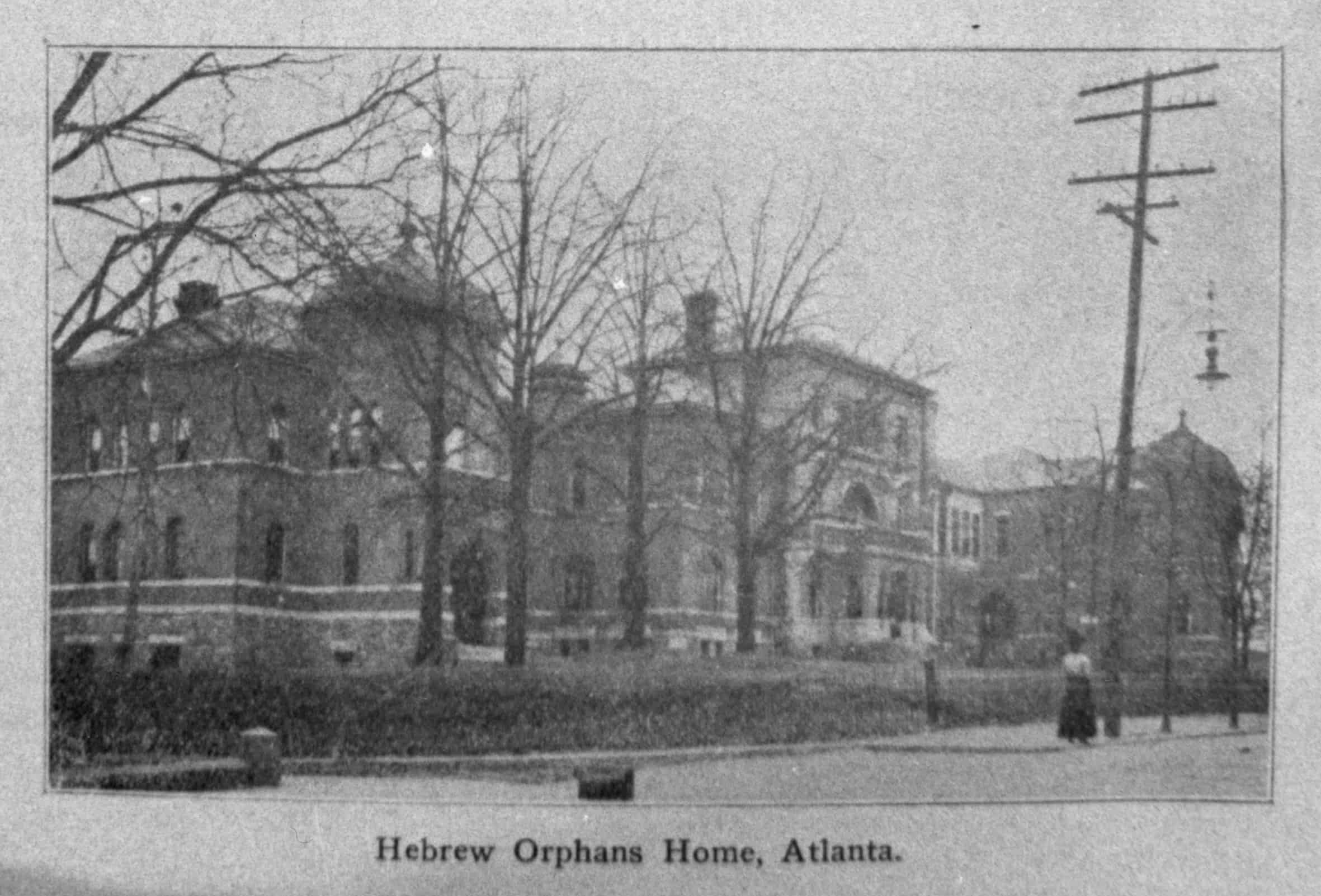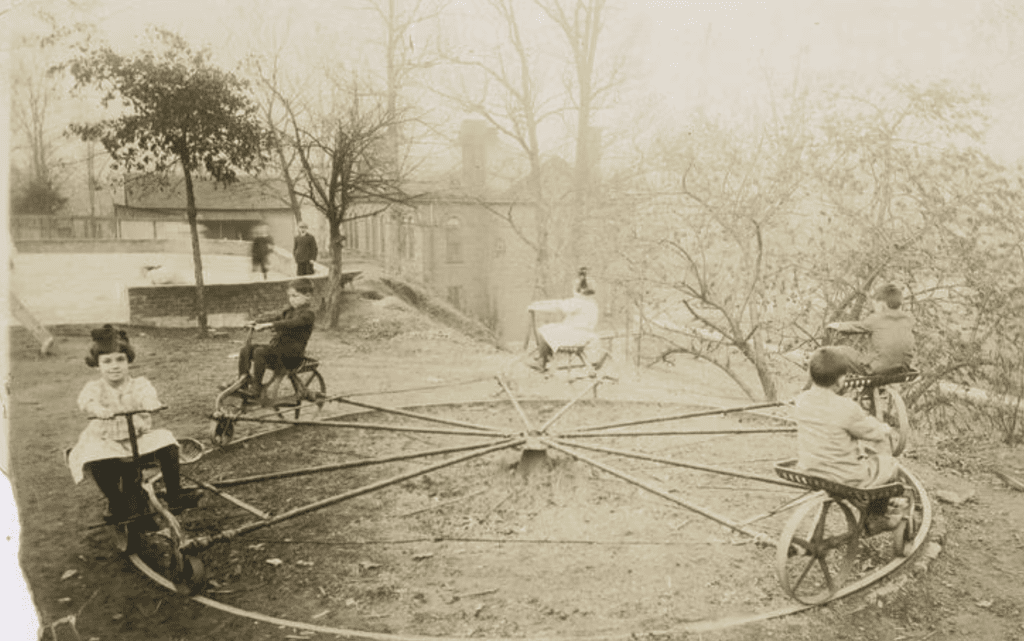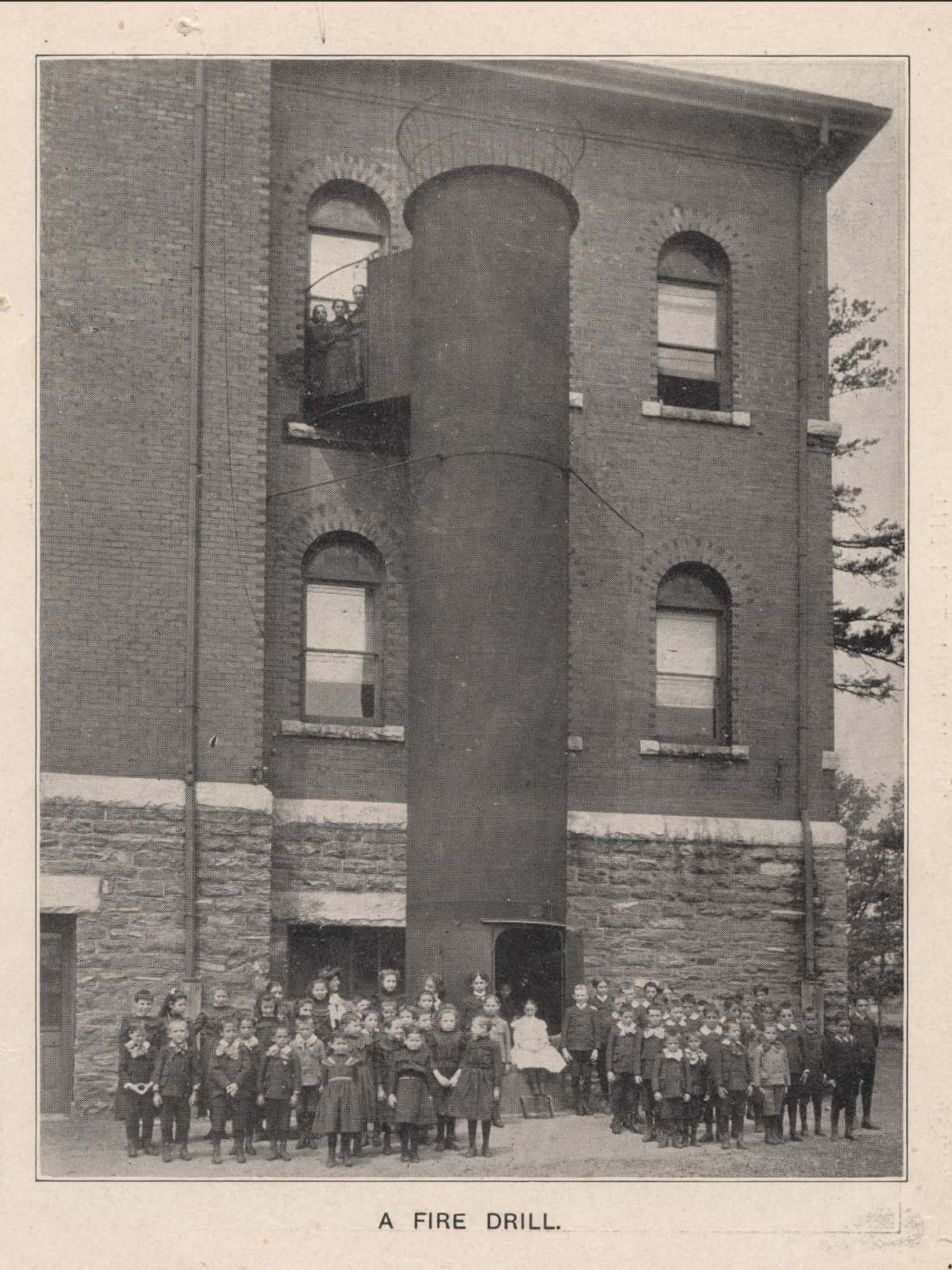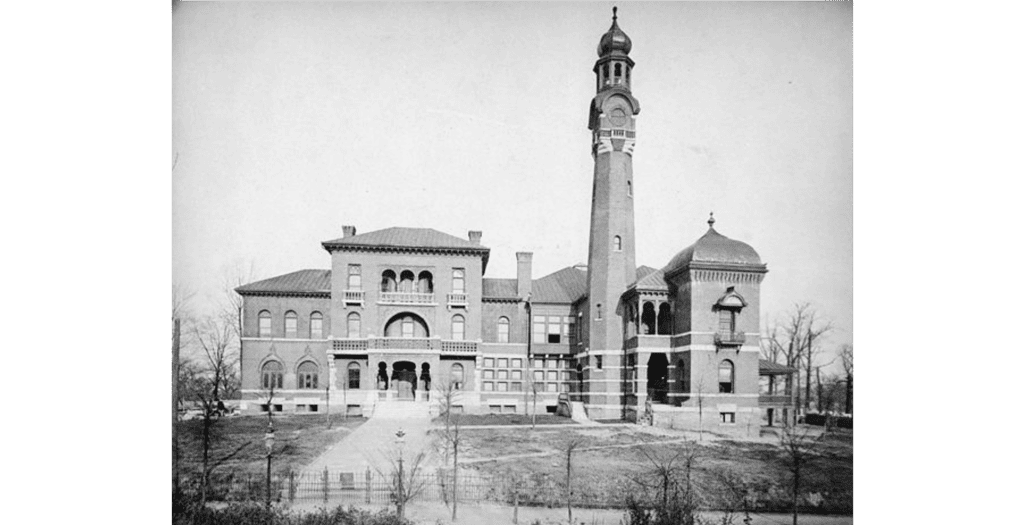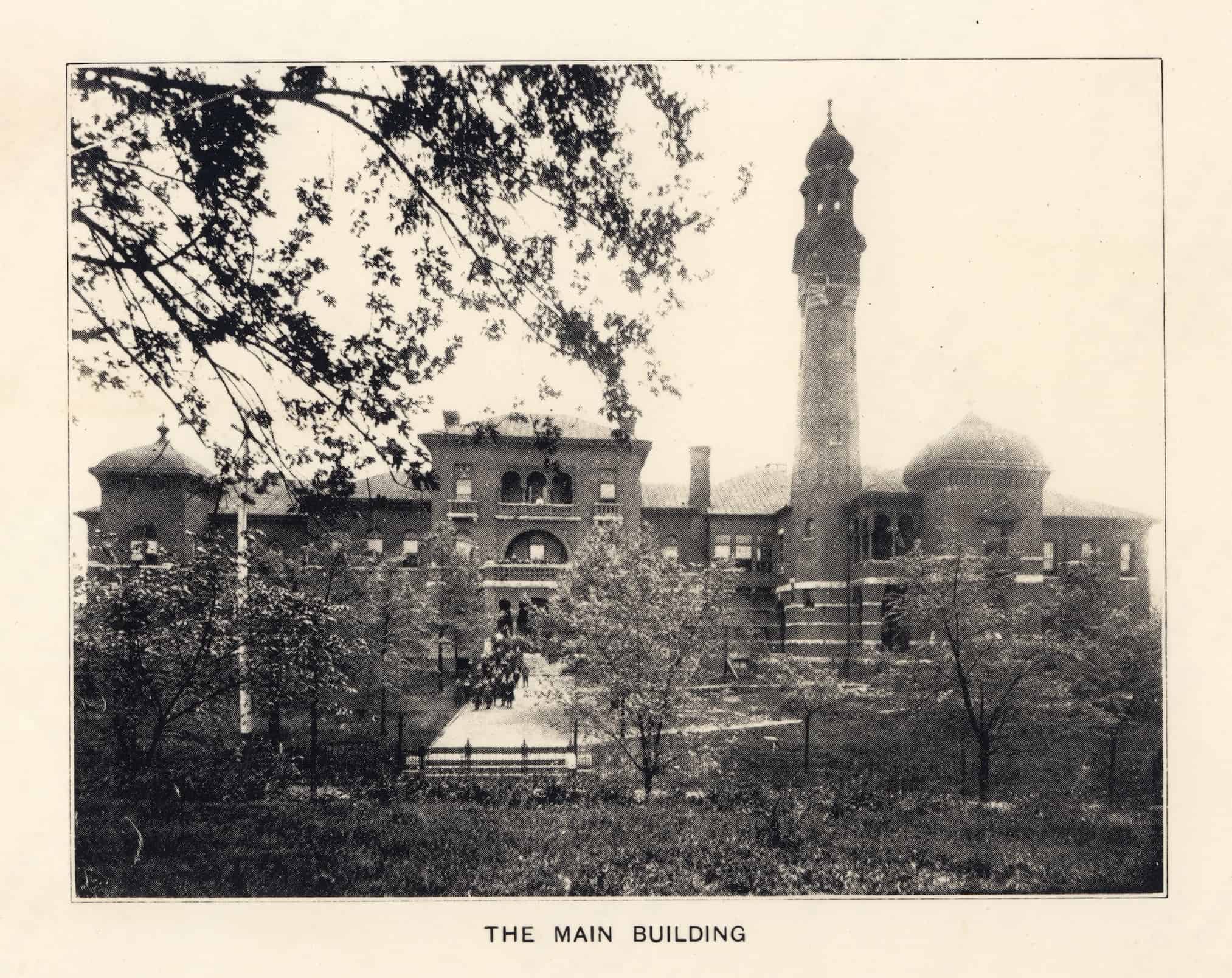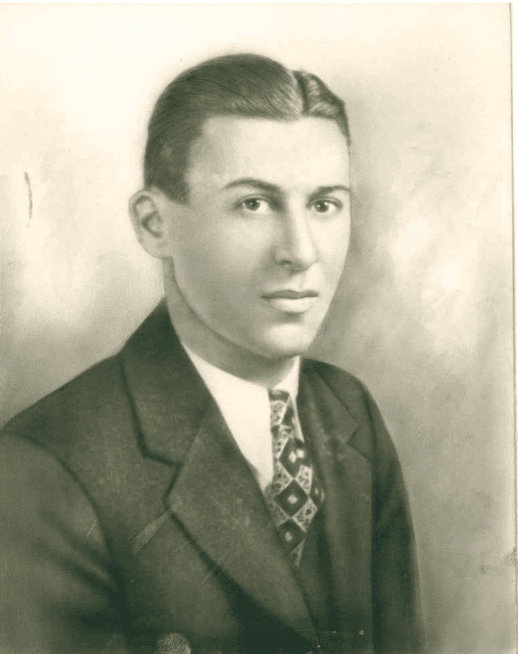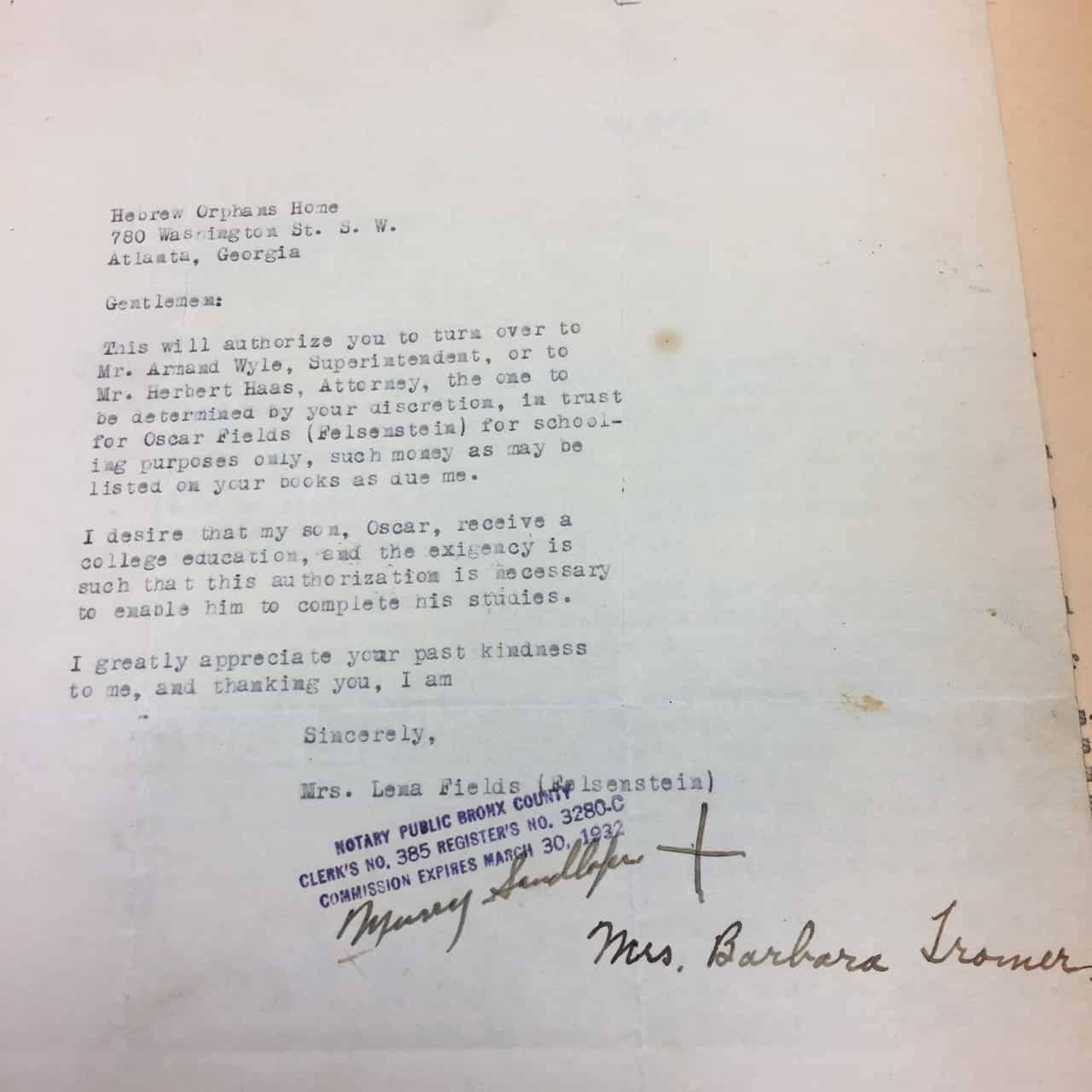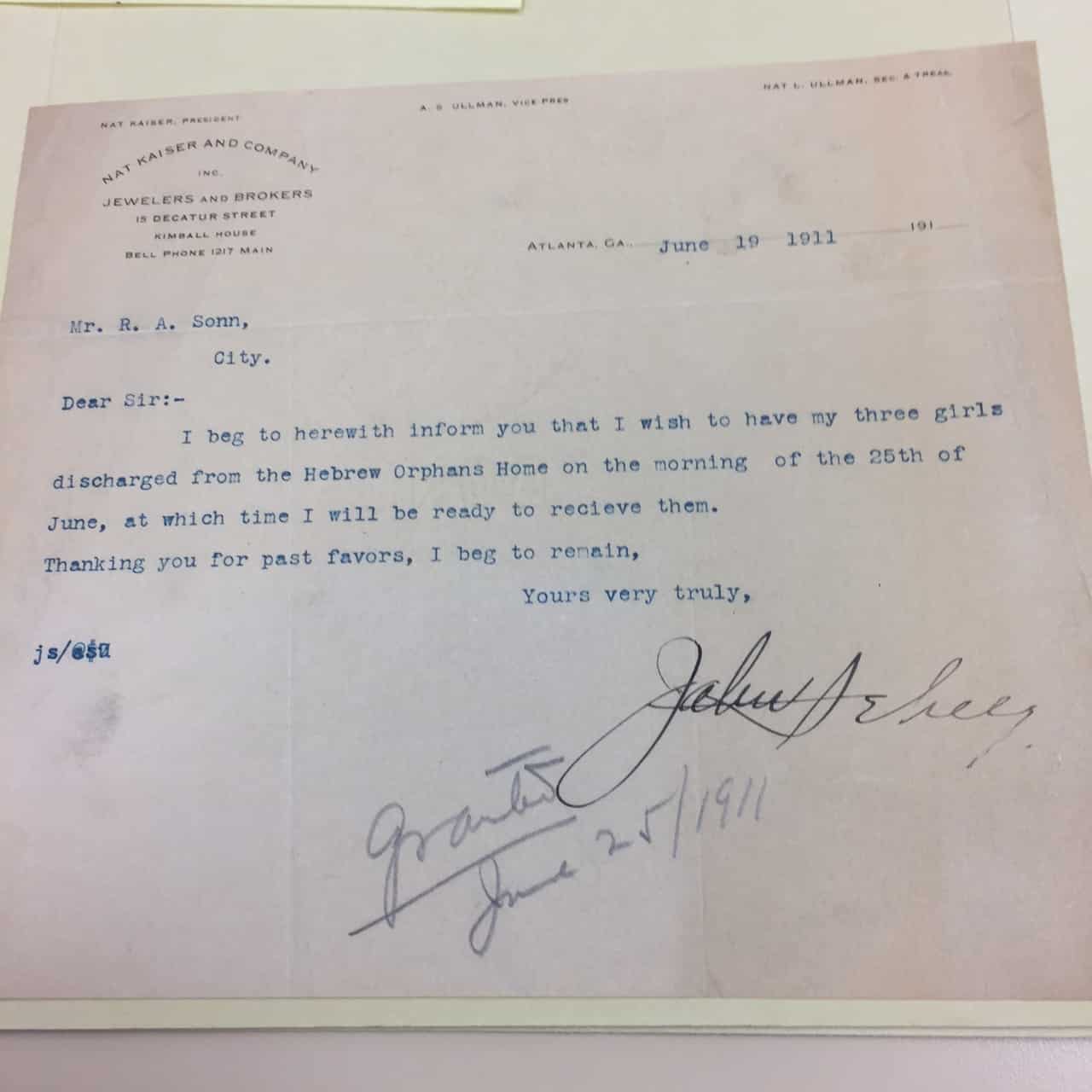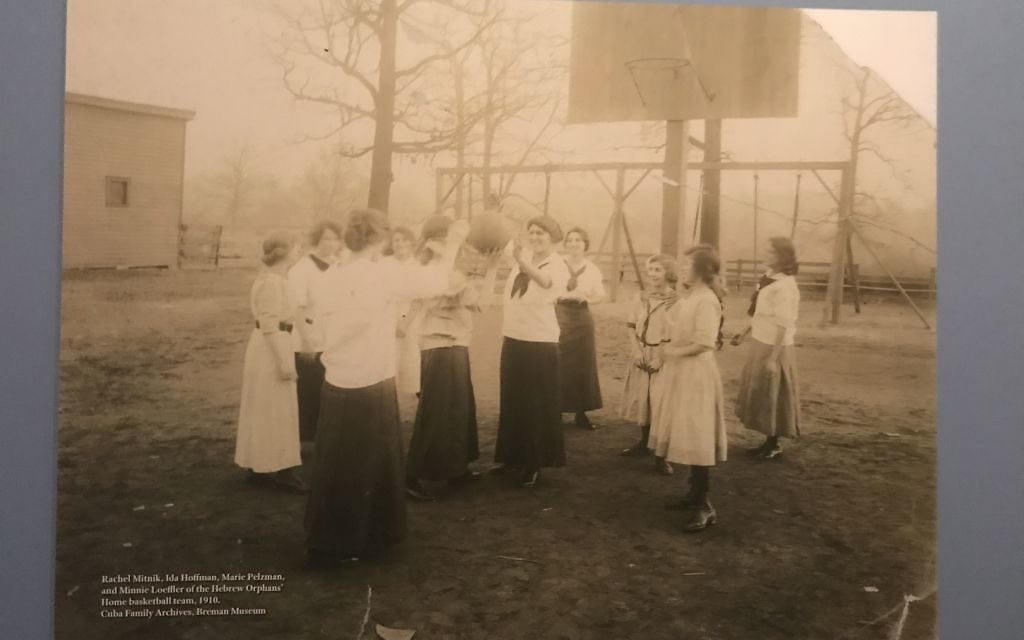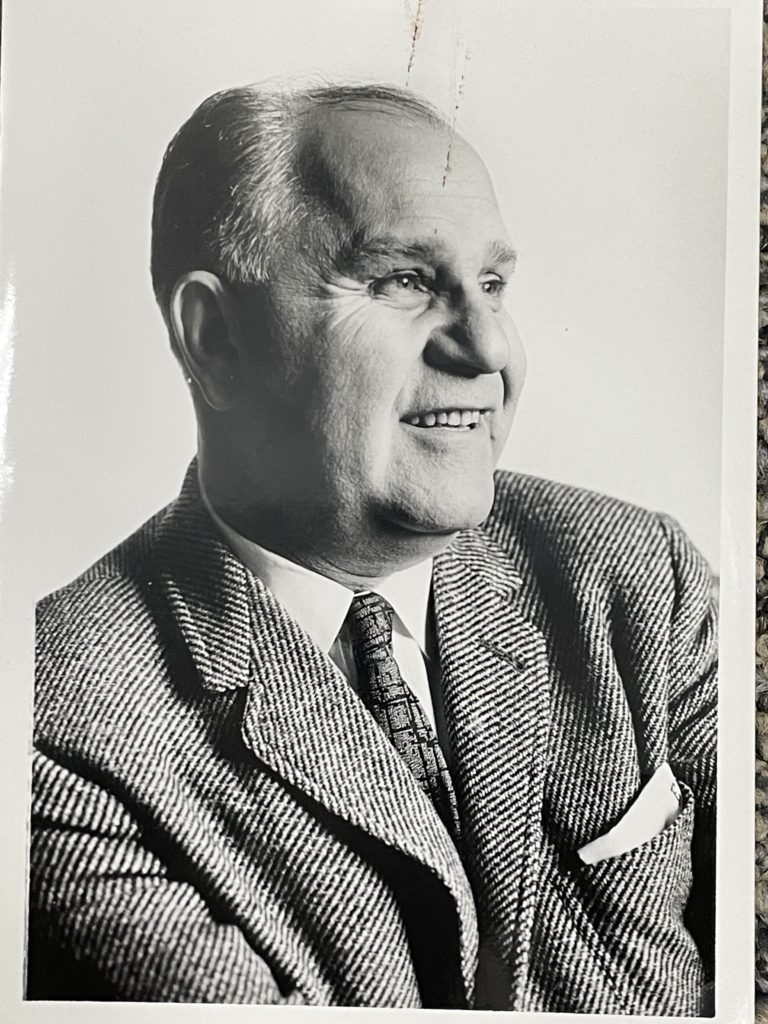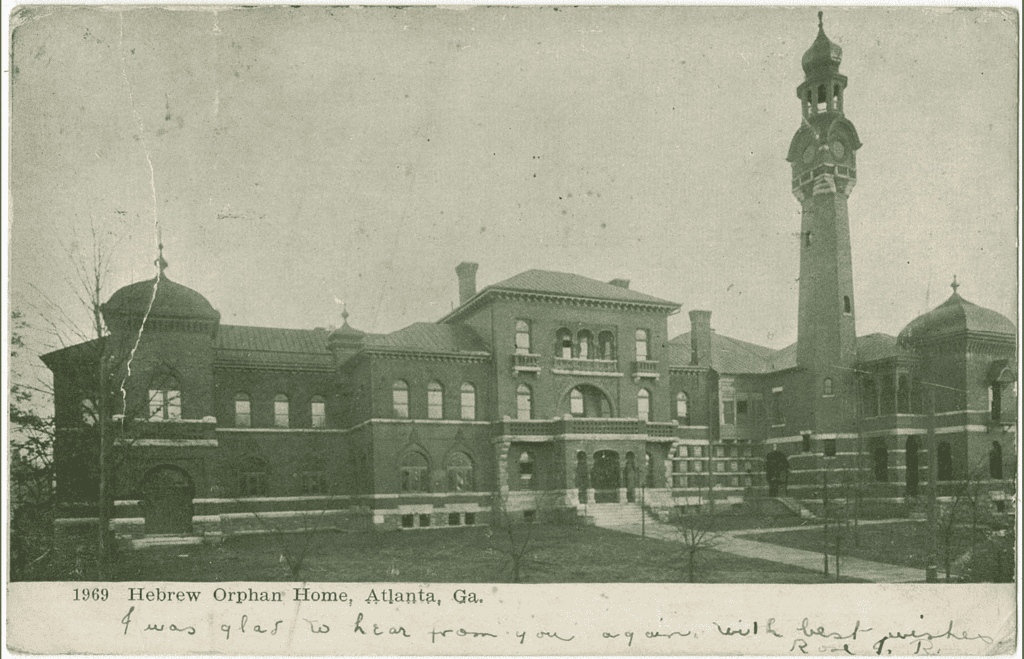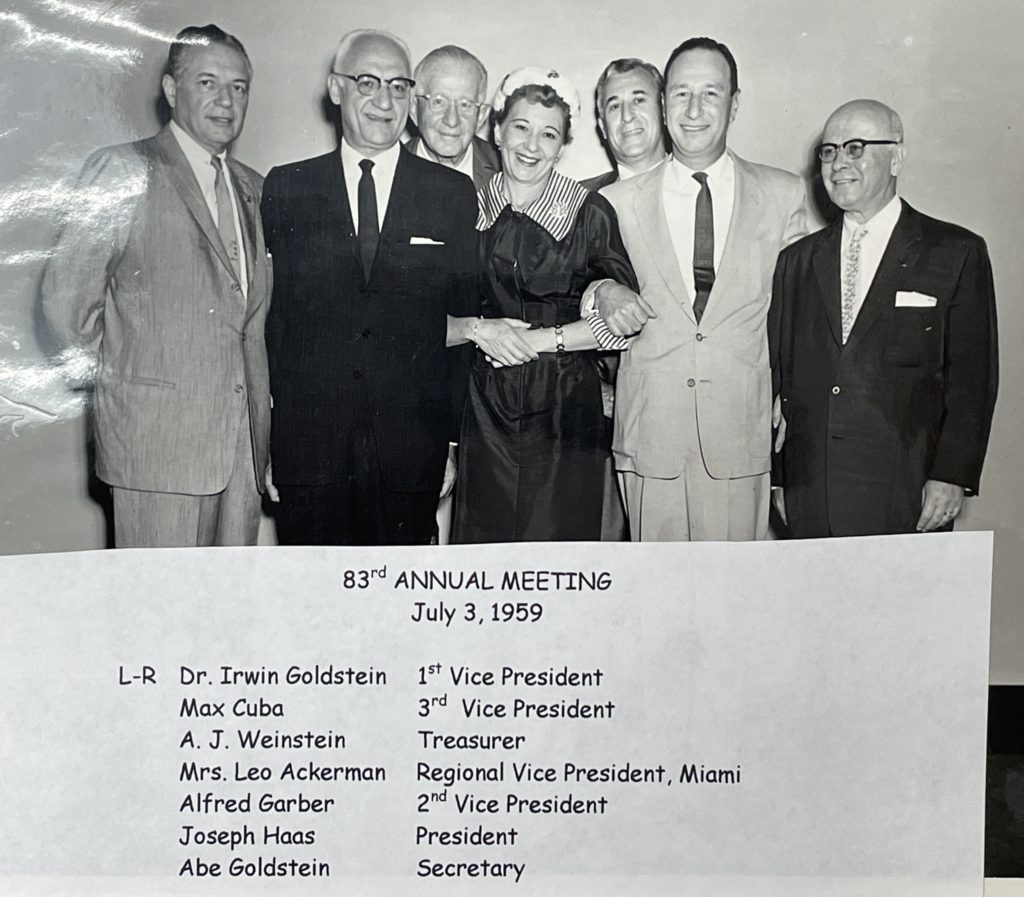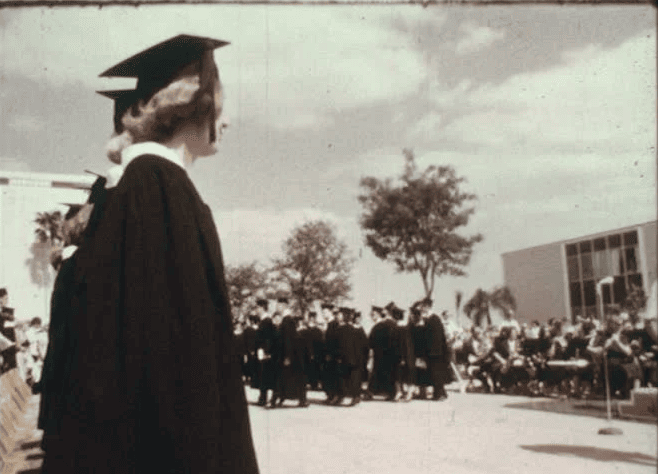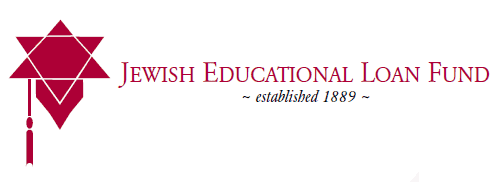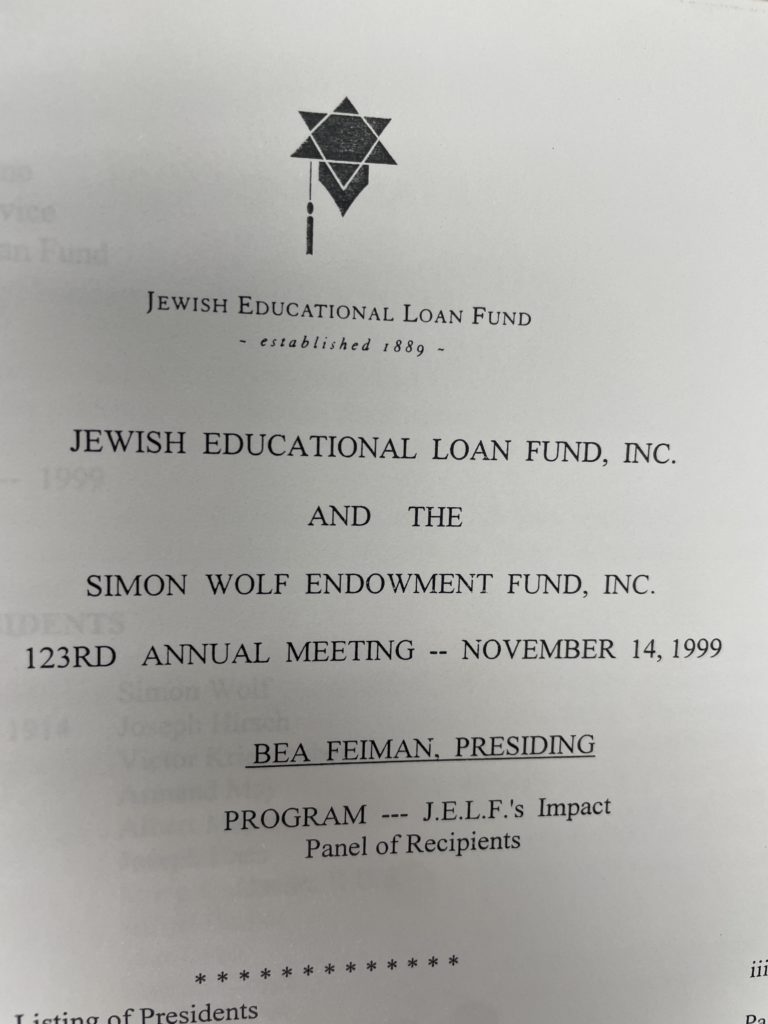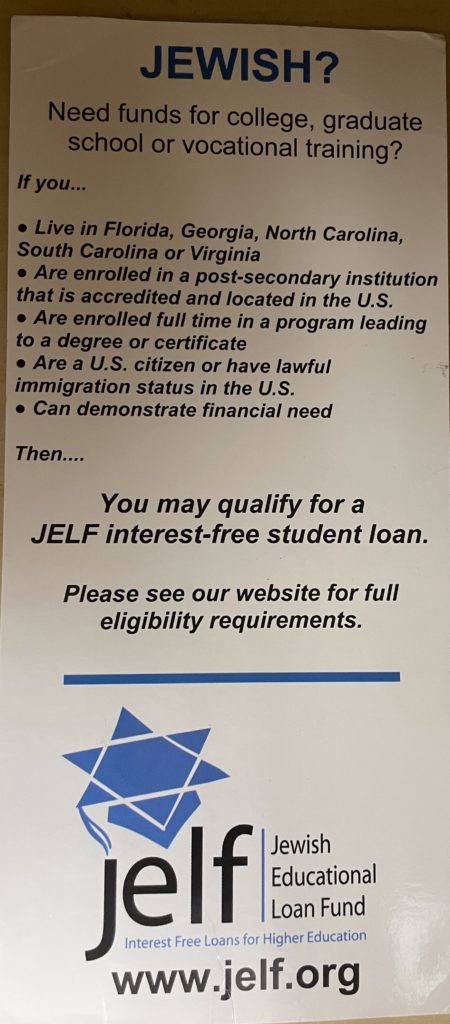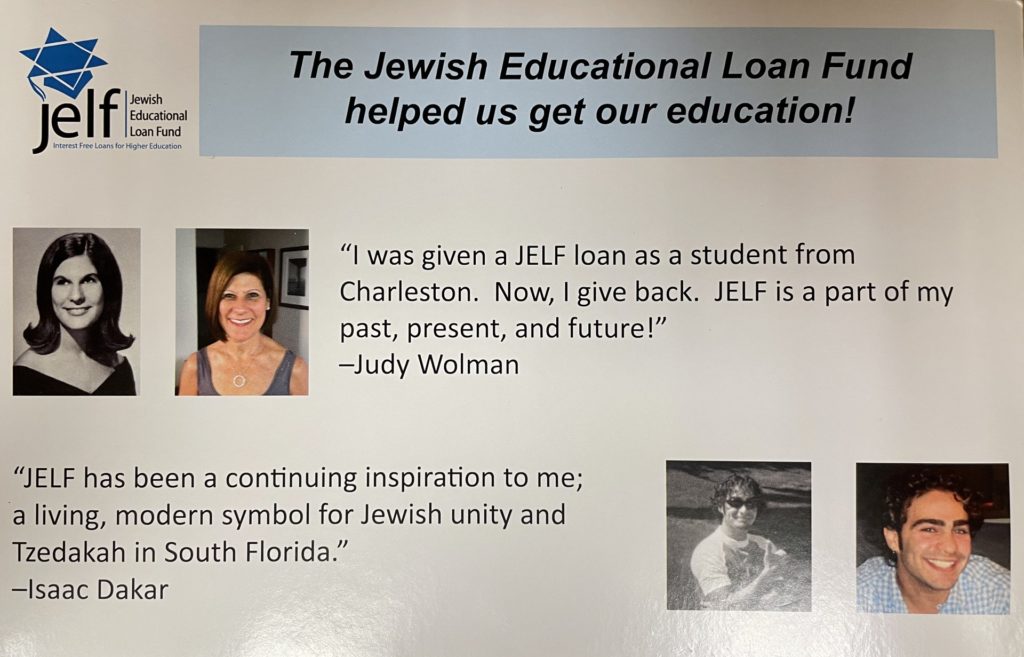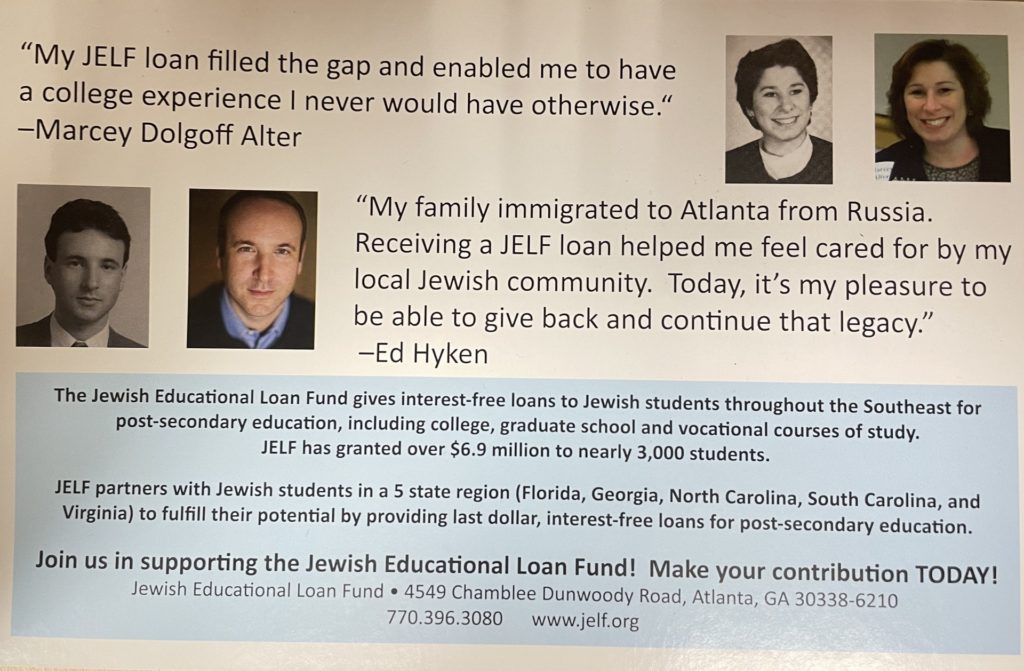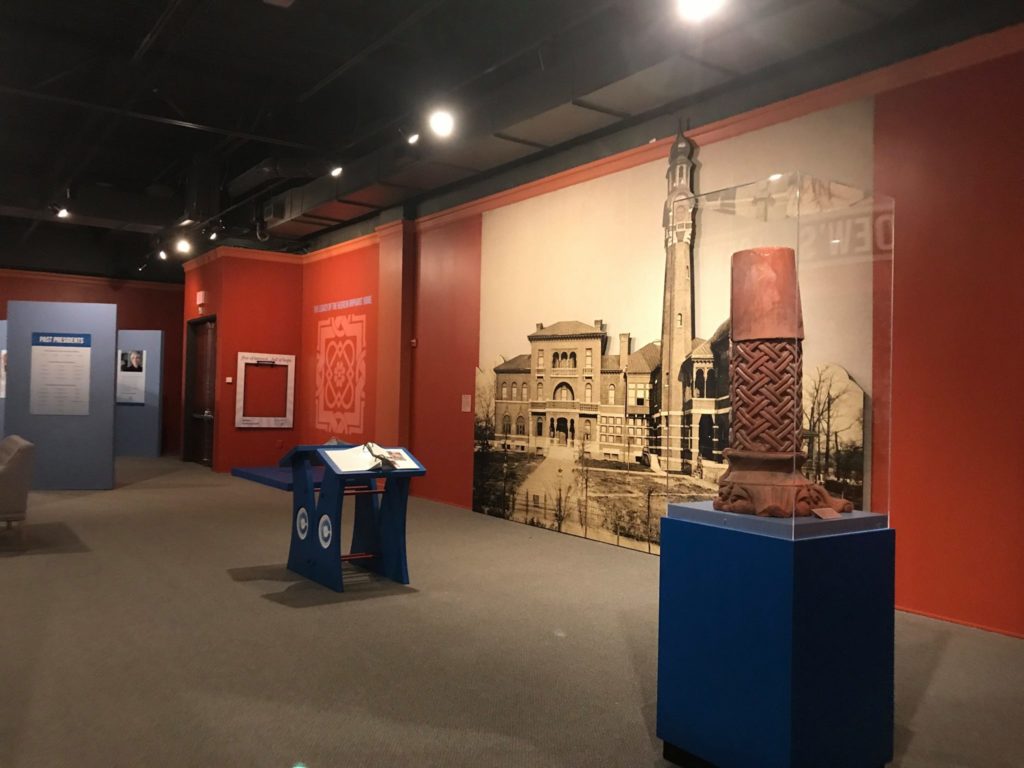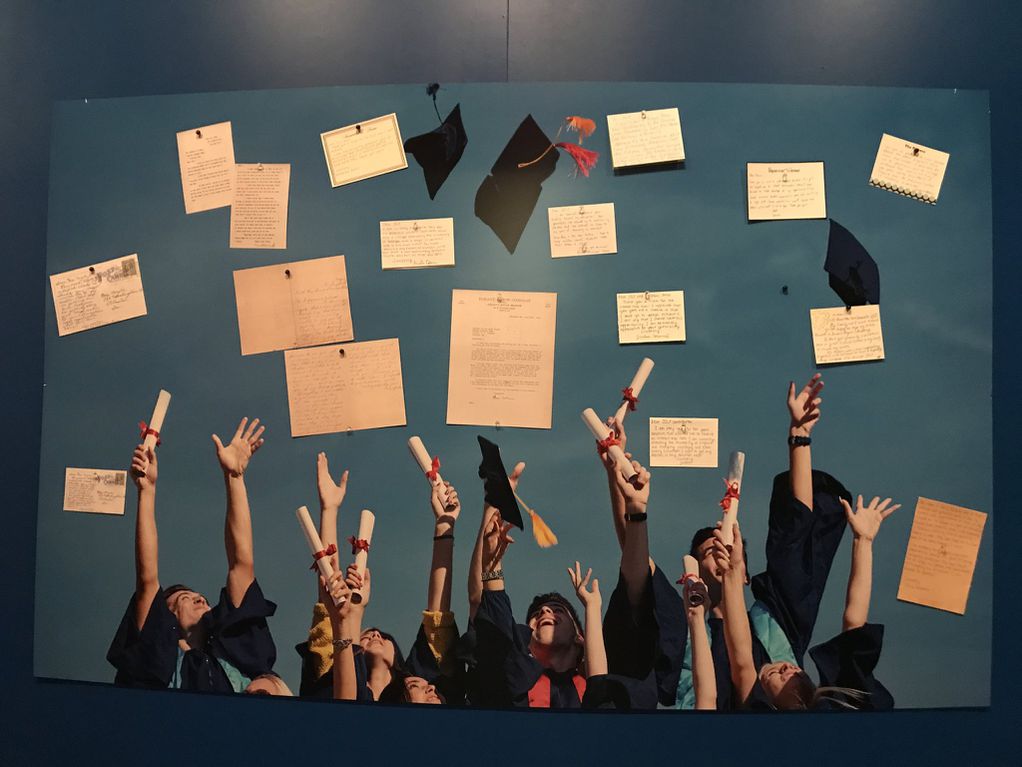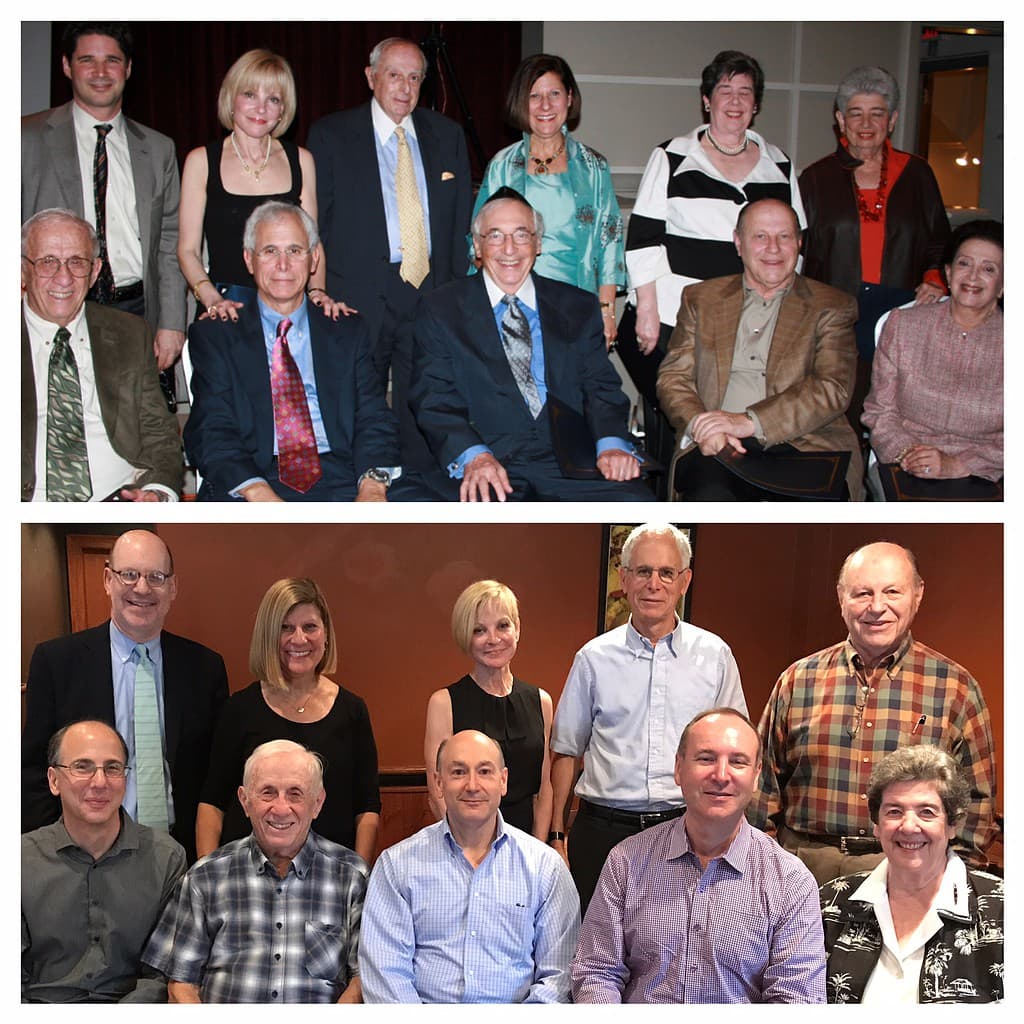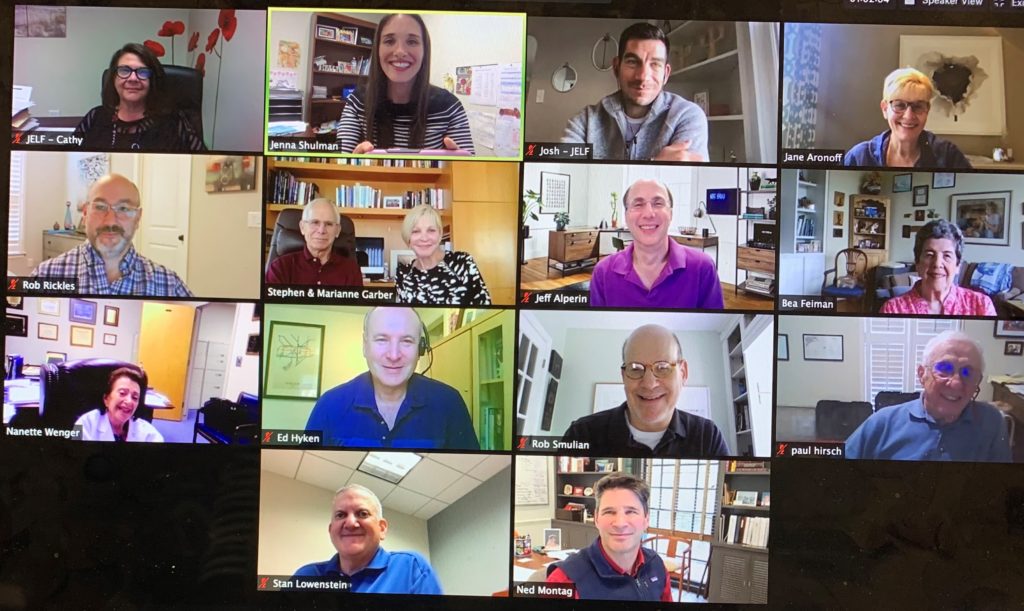About JELF
JELF has one mission.
We lend with a heart.
College costs are rising and JELF is meeting the need through providing no interest loans to Jewish students who demonstrate need for their higher education, which includes undergrad, graduate, vocational or technical school.
Who JELF Serves
JELF serves Jewish students in a regional area of the U.S.
5 states
(Florida, Georgia, North Carolina, South Carolina and Virginia, excluding metro DC).
JELF's Impact
Since 1961 JELF has provided thousands of interest-free loans.
500 student loans
Recipients, who are often active in their Jewish communities, now live all over the world,
Student Choice
JELF wants students to pursue the academic path that is best for them.
185 schools
Recipients attend a wide range of U.S. accredited college, graduate school or degree-granting vocational programs.
JELF believes that money should never stand between a student and the education they need to excel.
Over time, JELF recipients become proud JELF donors and vital members of their Jewish community - in turn helping future Jewish students in need.
500 Recipients This Year
2578
Loans over the
past 5 years
100% Interest Free
$26M Loaned to Date
99% Repayment Rate
We haven't come this far to come this far! Discover JELF's 150+ year History
-
1876 - 1888
![]() Grand Lodge Convention of B’nai B’rith’s Fifth District
Grand Lodge Convention of B’nai B’rith’s Fifth DistrictIt all began at the 1876 Grand Lodge Convention of B’nai B’rith’s Fifth District, which at the time included Florida, Georgia, South Carolina, North Carolina and Virginia.
Continue ReadingGrand Lodge Convention of B’nai B’rith’s Fifth District
B'nai B'rith was established in 1843 in New York City as a fraternal society dedicated to assisting new Jewish immigrants in adapting to their new community. During its first twenty years of inception, B'nai B'rith founds the first Jewish public library in the United States, assists in numerous crisis including the Great Chicago Fire and the yellow fever epidemic and founds the Jerusalem Lodge, the first public Hebrew speaking organization in what was to become the state of Israel.
In 1876, at the Grand Lodge Convention of B’nai B’rith’s Fifth District (aka Achim/Gate City Lodge), which at the time included Florida, Georgia, South Carolina, North Carolina and Virginia, national B'nai B'rith President Simon Wolf (1836 - 1923) submitted a resolution to finance a Jewish orphanage in the southern part of the U.S. He and a group of like-minded individuals were concerned about the increasing number of immigrant children in the district whose families could not care for them for any number of reasons.
Although the suggestion to establish a Jewish orphanage was first discussed at the 1870 convention of the B'nai B'rith Lodge No. 5, little was accomplished, until 1886, when the communities of Atlanta, Richmond and the District of Columbia organized a fund raising campaign. It was decided to locate the home in the city that raised the most money. Within two years Atlantans collected more than half the money needed, and the Home was built in Atlanta on 478 Washington Street between Love and Little Streets near what was then the southern border of town. The Home was of a Venetian style, built of brick and trimmed in terra cotta. The central building, clinic dairy, servant's cottage and playground occupied an entire square block. In 1901, the Home officially changed its name from the Hebrew Orphan's Asylum to the Hebrew Orphan's Home.
-
1889 - 1929
![]() Hebrew Orphans’ Home Opens
Hebrew Orphans’ Home OpensAfter a decade of hard work and perseverance, the Hebrew Orphans’ Home opened its doors at 478 Washington Street in Atlanta, not far from the site of the former Turner Field which currently houses a stretch of I-85.
Continue ReadingHebrew Orphans’ Home Opens
After a decade of hard work and perseverance, the Hebrew Orphans’ Home opened its doors at 478 Washington Street in Atlanta.. For many, the Home symbolized an emerging Jewish community in a region of the country that was developing apace with a nation in the midst of rapid change.
The Home benefited from the financial and material support of the included Jewish communities, especially Atlanta, as well as B’nai B’rith, and several organizations that were formed specifically to support the Jewish orphanage movement. In 1899, B’nai B’rith relinquished its official control of the Home, though B’nai B’rith members remained independently involved in the Home’s funding, operations and volunteer leadership for years to come.
The Home’s first endowment fund was established in 1901. Its pillar, the Simon Wolf Endowment Fund, was chartered in 1916 in Goldsboro, NC. The fund’s charter was to “use and devote the income of the fund, any and all funds which may be donated to the corporation, for the maintenance of the Hebrew Orphans’ Home for the care, instruction, education and support of inmates of said home.…”
Ralph A. Sonn was superintendent from 1889 until his retirement in 1924. Under his direction the children received religious instruction at either Ahavath Achim or The Temple, attended classes at nearby Fraser Street School, and were trained to be typists, stenographers, plumbers and printers. After Mr. Sonn's retirement, Feist M. Strauss, who had been Mr. Sonn's assistant, took over as his successor until his death in 1929.
Some of the children who lived in the Home were orphans but others came from families where the parents were unable to care for their children for varying reasons that included tuberculosis, yellow fever and alcoholism. Alfred (Al) Garber and his sisters Freda and Janet came to live in the Home because their father had passed away and their mother had been sent to a sanitarium in North Carolina for Tuberculosis patients. Al and his sisters remained in the Home until they became 18 years old. Al graduated from the University of Georgia after received funding from individuals in the community. He also was awarded, what would be the first loan granted by the Endowment.
Al Garber would remain vitally interested in The Home and continue to help Jewish children who had no where else to turn. Years later, established as a successful businessman, Al along with members of other families whose lives had been impacted by the good will of the Home, returned to guide the Home and its Mission.
In 1929, a new era began when Mr. Armand Wyle and his wife Viola were hired to be the new Superintendents of the orphanage. Mr. Wyle, who previously served as the superintendent of the Jewish orphanage in Rochester, NY, was an outspoken pioneer for the development of foster-home care for orphans.
During its first 25 years, the Atlanta Hebrew Orphans' Home housed almost 400 children – most from outside of Atlanta with a European background, but by the 1941, the mission of the orphanage had almost completely changed.
-
1929 - 1940's
![]() A Period of Transformation...from Orphanage to Foster Care
A Period of Transformation...from Orphanage to Foster CareIn 1929, a new supervisor of the Home, Armand Wyle, was hired who responded to the changing sentiment of the times
Continue ReadingA Period of Transformation...from Orphanage to Foster Care
In 1929, Armand Wyle was hired as a new supervisor of the Home. Armand responded to the changing sentiment of the times, seeing to it that every child in the Home was placed with a family, preferably relatives or observant Jewish families. In a 1930 edition of The Southern Israelite, Wyle wrote "even the term 'orphanage' is archaic and obsolete.
By 1931, with all of the children now living with families, the Hebrew Orphans' Home officially closed its doors. Throughout the 1930s and 1940s, the Home became a subsidizing organization, funding and overseeing foster home placements and special care placements of Jewish children throughout the the original five-state region.
In order to preserve the endowment for direct welfare programs, the Home asked its affiliated communities to pay a modest stipend toward operating expenses in exchange for receiving services. As children were placed into foster homes, many precautions were taken to see that the standard of living for the subsidized home has provided everything necessary to ensure the physical, spiritual and moral welfare of both the parent and the child.
-
1940s - 1960
![]() Responding to Post-World War II Social Challenges
Responding to Post-World War II Social ChallengesResponding to Post-World War II Social Challenges, the Homes' caseload eased in the early 1940s as welfare boards increased.
Continue ReadingResponding to Post-World War II Social Challenges
Responding to Post-World War II Social Challenges, the Homes' caseload eased in the early 1940s as welfare boards increased. It swelled again at the end of World War II, however, with a new wave of European immigrants. The war also left the Home facing a broader social problem – a significant rise in the number of unwed mothers, particularly near the military bases of Tampa, Jacksonville and Savannah. Many of these young women needed medical care and adoption services, which the Home began to provide.
In response to it's new responsibilities, the Home officially changed its name to Jewish Children’s Service (JCS). During the 1950s, JCS concentrated on serving affiliated communities in Florida, Georgia, South Carolina, North Carolina and Virginia, emphasizing its role as a regional agency. It's direct services included placements in foster homes or special care institutions, in-home supervision, services to unmarried mothers, and adoptions. All beneficiaries of JCS were provided with access to medical and dental care, vocational guidance and psychological counseling.
In 1963, Eli Fahn arrived in Atlanta to succeed Mrs. Ethel Copelan, executive director who succeeded Armand Wyle after his passing in 1959.
-
1961 - 1988
![]() College Education and “Interest Free” Take Center Stage
College Education and “Interest Free” Take Center StageJCS underwent major changes in 1961 when it became evident that other welfare organizations provided similar or overlapping services.
Continue ReadingCollege Education and “Interest Free” Take Center Stage
JCS underwent major changes in 1961 when it became evident that other welfare organizations provided similar or overlapping services. Many of the children from the Home were very aware of how fortunate they were to have been the beneficiaries of the Home’s largesse. Al Garber, Albert Mayer, Joseph Haas, Irving Goldstein, Max Cuba and many other successful leaders in the Jewish community were aware of the importance college played in their ultimate success. Having returned to help guide JCS, the board took the opportunity to shift the focus of the organization from foster care and adoption to ensuring that Jewish students had the means to attend college. The JCS board combined assets from the Simon Wolf Endowment Fund with JCS’ scholarship fund to meet these needs.
It was decided that JCS loans would be both interest-free and need-based. Loan applicants would be referred by local agencies within the affiliated communities. Throughout the next few decades, with more than 90% of college-age Jewish youth seeking higher education, demand for loans increased.
-
1989 - 2000's
![]() The JELF name is adopted
The JELF name is adoptedIn 1989, 100 years after it's inception, JCS changed its name to Jewish Educational Loan Fund (JELF) to better reflect the organization's new mission.
Continue ReadingThe JELF name is adopted
In 1989, JCS officially changed its name to Jewish Educational Loan Fund (JELF) to better reflect the organization's new mission. At this point, the organization had already made $1.3 million in interest-free educational loans to more than 500 students, based on financial need.
With the same graduation cap logo, "JELF" began to take shape. It's first priority was college-age Jewish youth at undergraduate institutions. Through the years, this support was extended to graduate students, students seeking vocational training, and later, older students who may be going back to school later in life. In its inception, JELF loans were only made to students attending a university within their home stage. However, that changed in the early-2000s as college costs rose exponentially and students began receiving far more financial aid to attend out-of-state universities. It was at that time that JELF decided not to be in the business of telling a student where to attend school, but rather to help them pay for the right educational choice for them. Throughout the years, JELF continues to analyze its financial calculations, criteria and more in order to ensure it is always keeping up with the times.
-
Present
![]() The Legacy of JELF's Past Continues
The Legacy of JELF's Past ContinuesToday, through its outstanding loan portfolio of $9+ million, JELF continues to meet a critical need in the Jewish community throughout the five southern states that we have always served.
Funded by seed money which originated from the sale of the Hebrew Orphans' Home in the 1970's, JELF continues to uphold the values of the two Jewish organizations that preceded it in name. Today, many of the descendants of our former Board Members and even former orphans remain involved as active leaders. JELF is truly the organization that continues to live on!
Continue ReadingThe Legacy of JELF's Past Continues
Today, through its outstanding loan portfolio of $9+ million, JELF continues to meet a critical need in the Jewish communities we serve across five southern states. The JELF board and staff are active in supporting students and their families, and in attracting the financial resources JELF needs to meet an ever-increasing demand for loans.
In the spirit of L’dor V’dor, JELF encourages those who have received a loan, and since paid it off, to make annual contributions. A surprising number of former recipients have served as board members, and a few have even become presidents of the organization that once funded them!
-
Past Board Chairs
![]() Leadership Through the Years
Leadership Through the YearsFrom the Hebrew Orphans' Home to Jewish Children's Service and now JELF, we are fortunate to have incredible leaders each step of the way. Without these individuals who have paved the way for generations to come, JELF would not be where we are today.
Continue ReadingLeadership Through the Years
Hebrew Orphans' Home (HOH) (1889 - 1948):
- Armand May* - (1935 - 1957)
- Victor Kriegshaber* (1915 - 1935)
- Joseph Hirsch* (1914 - 1915)
- Simon Wolf* (1889 - 1914)
Jewish Childrens' Service (JCS) (1948 - 1989):
- Arthur Falek, Ph.D.* (1987 - 1989)
- Marvin Botnick* (1984 - 1987)
- Nanette Wenger, M.D. (1981 - 1984)
- Joseph Patterson, M.D.* (1979 - 1981)
- William Rottersman, M.D.* (1975 - 1979)
- Abe Goldstein* (1973 - 1975)
- Herbert Ringel* (1970 - 1973)
- Max Cuba* (1967 - 1970)
- Al Garber* (1965 - 1967)
- Irving Goldstein, D.D.S.* (1962 - 1965)
- Joseph Haas* (1959 - 1962)
- Albert Mayer* (1957 - 1959)
JELF (Jewish Educational Loan Fund (1989 - present):
- Richard Peretz (2026 - Present)
- Emily Sauerteig (2024 - 2026)
- Rob Rickles (2022 - 2024)
- Jane Aronoff (2020 - 2022)
- Stan Lowenstein (2018 - 2020)
- Marianne Daniels Garber, Ph.D. (2016 - 2018)
- Rob Rickles (2014 - 2016)
- Ed Hyken (2012 - 2014)
- Jeff Alperin (2010 - 2012)
- Rob Smulian (2007 - 2010)
- Ned Montag (2005 - 2007)
- Marianne Daniels Garber, Ph.D. (2003 - 2005)
- Albert (Hank) Greenstone* (2001 - 2003)
- Judy D. Wolman, Ph. D. (1999 - 2001)
- Bea Hirsch Feiman (1997 - 1999)
- Nancy Abrams (1995 - 1997)
- Paul Hirsch, Ph.D. (1993 - 1995)
- Stephen Garber, Ph.D. (1991 - 1993)
- Beryl Weiner* (1989 - 1991)
-
A rich past and a vibrant future!

Full Circle Stories

chicago, il Megan Williamson
"Because of JELF, I was able to enjoy college life while interning with two non-profits which led to employment at graduation and then became building blocks for the consulting role I am now in.”

raleigh, nc Sara tAYLOR
"JELF was an academic lifesaver for me, allowing me to continue my college career after a sudden death in my family nearly forced me to leave college and head back home. With the help of JELF, I was able to stay in school and earn my BSN. Thank you, JELF!"
How is a JELF loan determined?
1. The cost of the school
JELF calculates the total cost to attend school for the academic year. This includes room/board, transportation, living expenses, supplies and more. JELF then subtracts the student’s total financial resources from the total cost.
2. Student's total financial resources
Students begin by applying online and submitting required documentation. They and their cosigner(s) will then meet with a Local JELF Administrator (LJA) for a personal interview. This meeting allows JELF to gain a comprehensive understanding of the student’s financial situation, going beyond what is reflected in their most recent tax return.
3. Reviewed anonymously and confidentially
Loan applications are reviewed anonymously and confidentially by a team of volunteers who make the final loan decisions. Students are notified via email once the decisions are finalized. After signing a promissory note, funds are disbursed in two equal payments before each semester through ACH transfer.

